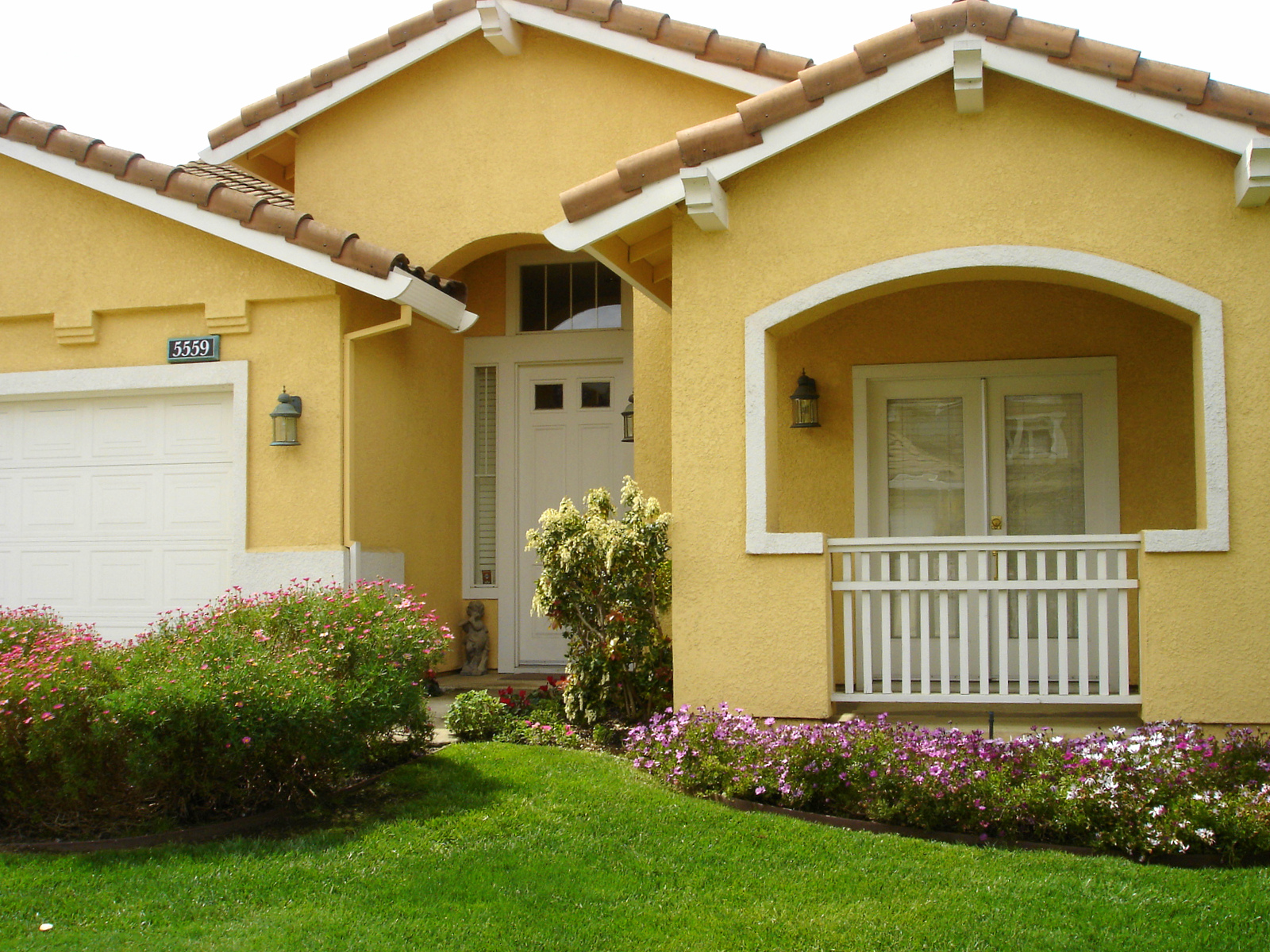5 Things to Look For When Selecting A New House Paint Color
 Very few people who have painted a house would say that it is a quick and easy job. It takes quite a bit of effort, so it pays to put some thought into the decision before getting started.
Very few people who have painted a house would say that it is a quick and easy job. It takes quite a bit of effort, so it pays to put some thought into the decision before getting started.
1- Think About Energy
The color of a house can have an impact on its energy needs. Reducing the energy that is needed to heat and cool a home can save a significant amount of money over time and help to protect the environment. As such, it’s a factor that everyone should consider when painting the exterior of the home.
Light colors will reflect light and heat, while dark colors will absorb them and help the house heat up over time, according to Idea Painting Company. Deciding which one is best for a home requires an examination of the local environment. If it is generally cold, the home will tend to lose energy over time and will need more power to stay warm. In that case, a dark color will reduce the home’s energy costs. If the environment is hot, cooling the home will be the main factor, so a light color should be chosen to keep costs low.
2- Look at Nearby Houses
Homeowners should always look around the neighborhood when they are planning their paint job. If they pick a color that is common in the area, their home will tend to blend in with the rest. If they pick a rare color, their home will stand out and draw attention from neighbors and from people who are just passing through. Standing out from the crowd can have an impact on how neighbors view the home’s owner, so they need to decide if that impact is desirable or not.
This also extends to the interior of the house. Less people will see it, but friends from the neighborhood who visit will have an opportunity to do so. This means that the social impact of the choice will be smaller, but it will still exist. As such, the inside of the home is a great place for people to choose odd colors even if they want their home to blend in a little bit more.
3- Match the Architecture
Architectural styles are often associated with specific color palettes. For example, people expect to see darker hues in a building of the Gothic style, while adobe homes are associated with earthy colors. It’s certainly possible to break the mold, but doing so will make the home stand out, and not necessarily in a good way. In general, it’s best to avoid subverting the viewer’s expectations without a specific goal in mind.
Many paint stores will be able to provide a palette that is designed to match a specific style. If that sort of guidance is unavailable, local historical societies can also be of use. When all else fails, look for images of similar homes on the Internet and make a list of the colors that seem to be most common among them.
4- Look at the Landscape
Location is everything in the world of real estate, even when it comes to things like color. The landscape will have a color scheme of its own, and the homeowner should try to make sure that their home can harmonize with it. It is possible to make some changes to the landscape itself, such as by planing flowers and trees, but it is generally easier to work with what is already there. This is most important for the outside of the home, but it is also important to keep it in mind when painting the area around windows and other places where the landscape will be visible.
5- Consider Color Psychology
Color can have a surprising impact on a person’s mind. This is most important for indoor color schemes, but the exterior of a home can also have an effect, especially on people who spent time in their yard. Most of the research that has been done on this topic targets businesses, but the same rule applies to a home. The field is somewhat complicated, but it is generally safe to assume that blue is a pleasant and acceptable choice for most people, while white encourages people to ignore the color scheme and pink can help people stay calm.

















